Almost every child has dreamed of becoming a Rockstar or professional singer when they grow up. Many of them grow up to become firefighters, doctors, and teachers. However, some actually do grow up to become professional musicians or artists. To make that dream come true, many studied in prestigious music conservatories across the world. For those of you weighing your options, we’ve rounded up a list of the 10 best music conservatories in the United States.
| Rank | School | Location |
|---|---|---|
| 1 | Juilliard School | New York City, New York |
| 2 | Curtis Institute of Music | Philadelphia, Pennsylvania |
| 3 | Berklee College of Music | Boston, Massachusetts |
| 4 | Eastman School of Music | Rochester, New York |
| 5 | Manhattan School of Music | New York City, New York |
Juilliard School
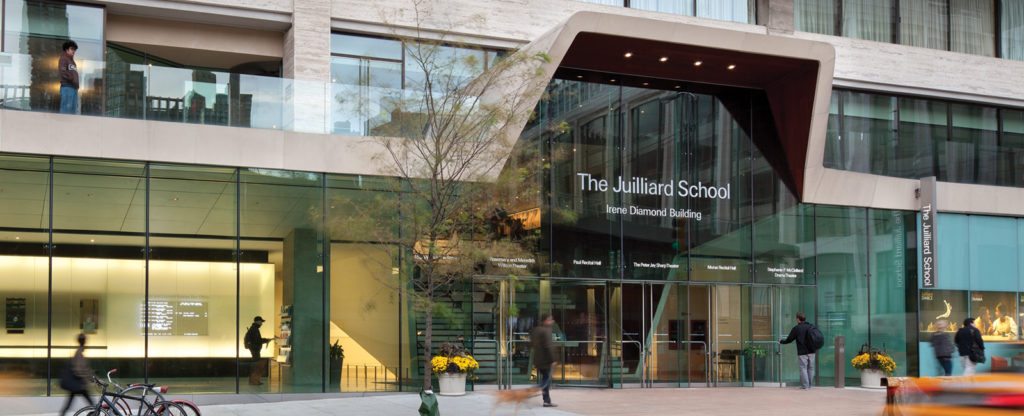
Probably the most recognized name in music conservatories, Juilliard School has been an icon for over 110 years. Augustus Juilliard was a wealthy merchant, and when he died, he left an enormous donation for music education. The trustees of the donation founded the Juilliard Music School in honor of Augustus’s generosity. In the mid 1900s, dance and drama programs joined the successful performing arts school. What hopeful students do know about Juilliard is that it accepts only the top performing arts talent. Each division of the conservatory is remarkably competitive. The dance program only accepts 24 new students each year (including transfer and international students). The hopeful applicants undergo a 5-component audition which requires a callback for each step. For music applicants, a live audition MUST take place in New York. Only about 8% of applicants are accepted to Juilliard School. When looking for the most competitive, intensive, and famous music schools, make sure to consider Juilliard.
Curtis Institute of Music
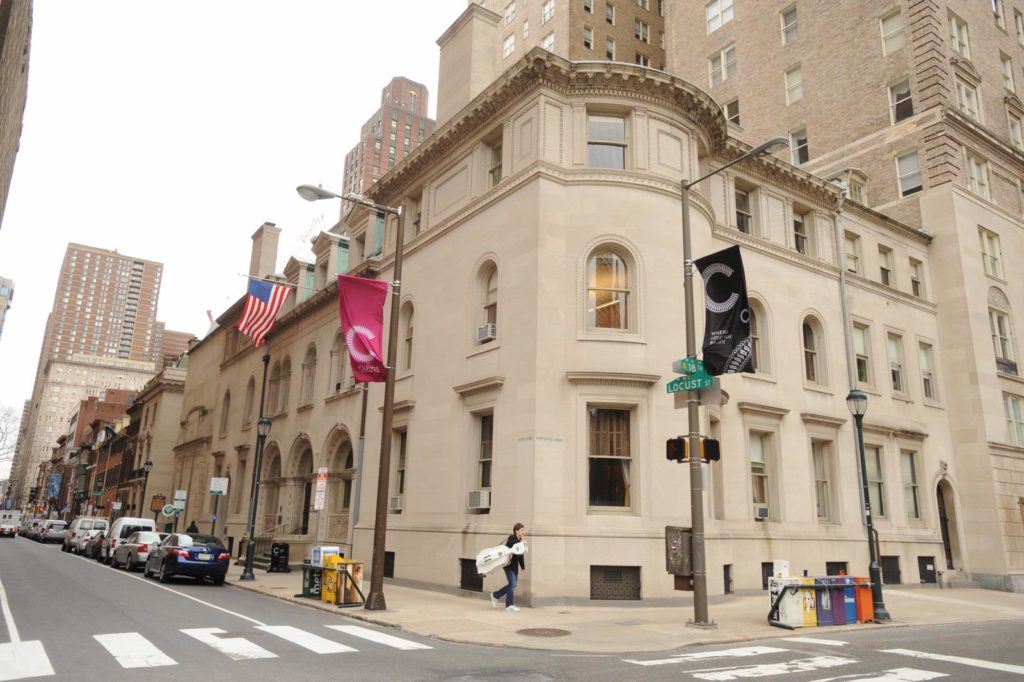
Established over 90 years ago, the Curtis Institute of Music has consistently been head-to-head with Juilliard. Truly a close second, Curtis maintains a quality of talent as comparably competitive as Juilliard’s. While Juilliard claims our #1 spot, Curtis has one remarkable feature that makes this conservatory stand out. Since 1928, Curtis has offered a full-tuition, merit-based scholarship to each student. Yes, you did read that correctly. Every student accepted to this highly ranked music conservatory, receives the opportunity to study for free tuition.
Berklee College of Music
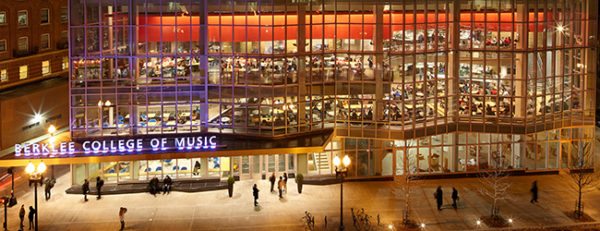
Berklee offers massive online open courses (MOOCs) that let prospective students sample the Berklee learning experience for free! This gives potential applicants a taste of what to expect with a Berklee education. Originally named Schillinger House, the Berklee College of Music was the first school to teach jazz in the United States. Students can now choose to minor in a specific program as well. In 2009, Berklee added another unique feature: 3 courses in video game scoring. Berklee is known for having the first baccalaureate program in rock and electric guitar. An audition is required for acceptance to this Boston music school. Applicants will perform a 3 to 5 minute piece that they prepare themselves. The applicant could then be asked to jam with faculty. Berklee wants to see the applicant’s skills in Blues, improvisation, ear training, and reading. This site will give you more information about the audition process. Students enjoy small classes of only 12 students. One of the hippest music schools, Berklee is a favorite for many.
Eastman School of Music
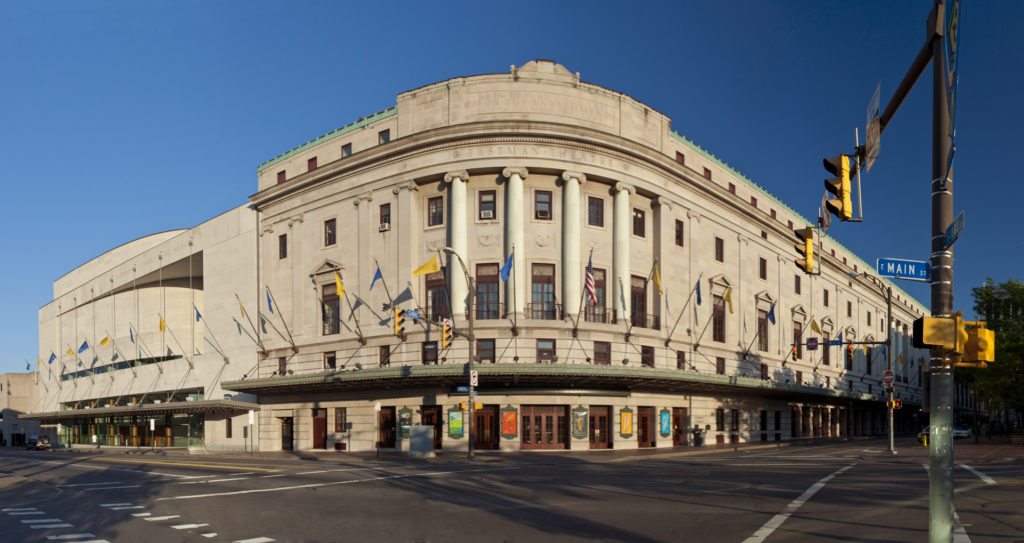
A constituent of the University of Rochester, Eastman School of Music has been training talented musicians for almost a century. Founded in 1921, Eastman has always competed as one of the most prestigious music conservatories in the country. Currently, there are 900 students enrolled at Eastman (500 undergraduates and 400 graduates). Eastman allows applicants to send in a video recording of their audition. Only the Composition, Jazz Studies & Contemporary Media, and Theory applicants are required to audition on-campus at Eastman. Once accepted, students can choose to minor in a program of study through the University of Rochester. Citizens of Rochester get to enjoy the beauty of music alongside Eastman’s students by attending the Community Music School where over 1,000 citizens from all ages annually enroll in music classes!
Manhattan School of Music
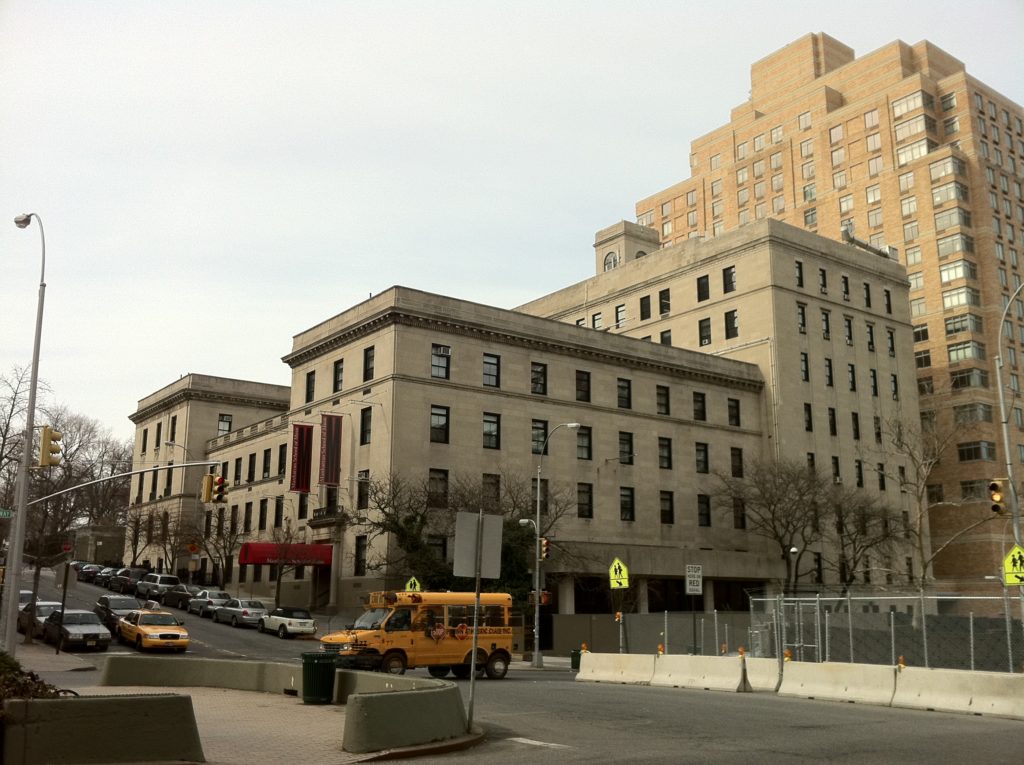
The Manhattan School of Music (MSM) has a long history of effort and skill. In 1917, pianist Janet Schenck founded the Manhattan School of Music. The school was originally located in the Upper East Side of Manhattan, and its first students were from the immigrant communities of New York City. Now MSM stands as one of the most competitive music schools in the Upper West Side. It is situated on the corner of West 122nd St. and Broadway. MSM’s students are musically trained in one of the most iconic locations for music. The excellent location, education, faculty and alumni make MSM a competitive music conservatory. Applicants of certain majors are required to undergo a pre-screening process where singers and instrumentalists send in a video recording. If students pass the pre-screening, then they are invited to an audition. Applicants living outside of the U.S. or applying to the Choral Conducting, Cello, Harp, Tuba or Double Bass programs can send in a recorded audition. Other applicants have a live audition in which they perform twice: they choose first piece they will perform, and the faculty chooses the second. Schenck’s original vision for MSM and its high-quality training is still being fulfilled today.
Cleveland Institute of Music
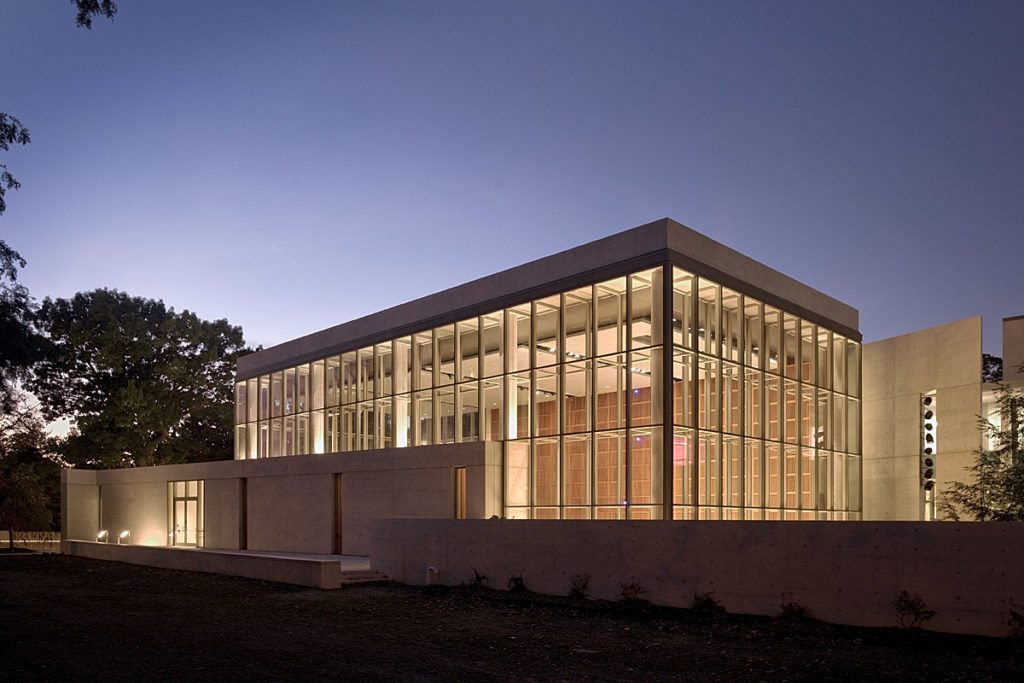
The Cleveland Institute of Music is one of just seven independent conservatories of music in the United States, one of three devoted exclusively to classical music performance. CIM students benefit from access to world-renowned visiting artists and conductors, intensive study with CIM’s stellar faculty and the rich curriculum offered by CIM’s partner Case Western Reserve University. With 400 students, CIM’s graduates command the most celebrated and revered stages in the world as soloists, chamber musicians and ensemble members; compose award-winning repertoire; and are sought-after teaching artists, administrators and thought leaders. More than half of the members of The Cleveland Orchestra are connected to CIM as members of the faculty, alumni or both.
Jacobs School of Music – Indiana University
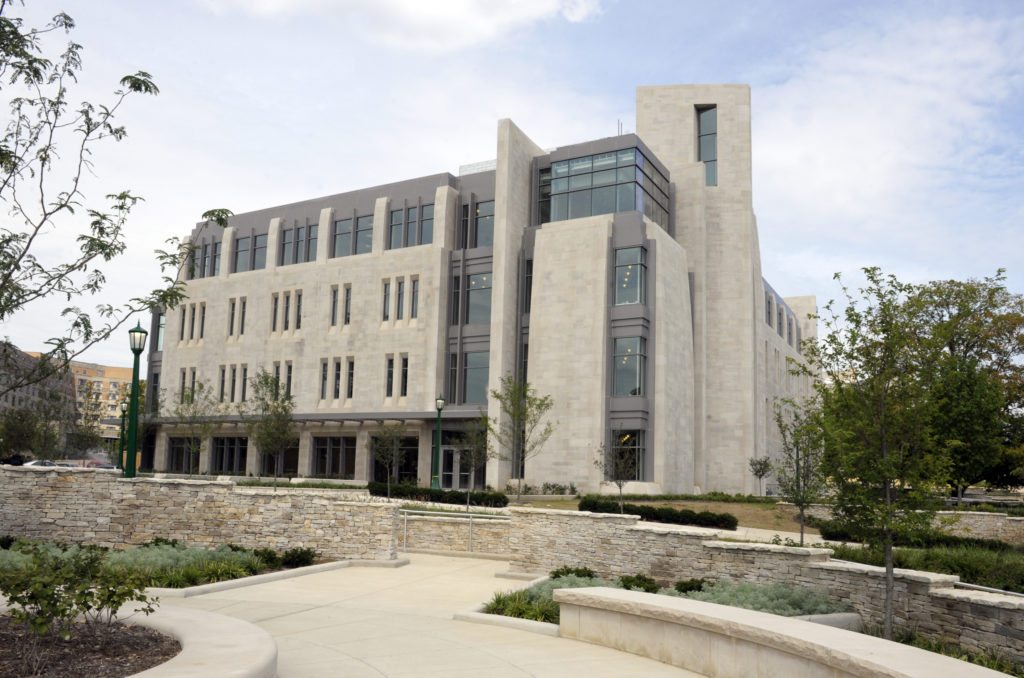
The Indiana University Bloomington was founded in 1820. In 1920, a department of music was added that later became the Jacobs School of Music. The Jacobs School of Music is unique because it is the largest music conservatory in the United States. With over 1,600 students, students can still enjoy smaller classes with only 34 other students. At this music school, each student is required to participate annually in an ensemble. Students can choose from 13 choral ensembles, 4 concert bands, 4 jazz ensembles, 4 symphony orchestras, a chamber orchestra, New Music ensembles, and Early Music Institute ensembles. To apply, Jacobs School of Music accepts recorded auditions; however, on-campus auditions are recommended. If considering Jacobs School of Music, information sessions, tours and ensemble observations are available.
Oberlin Conservatory of Music
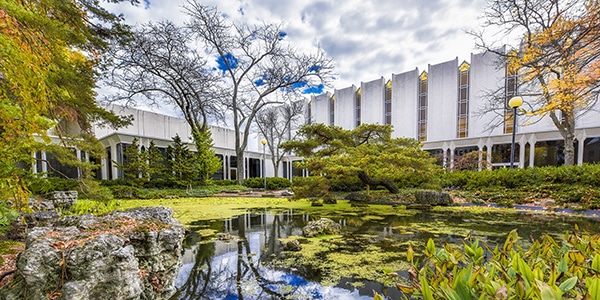
The Oberlin Conservatory of Music is a world leader in the training of professional musicians in classical, jazz, and electronic music and for vocalists, instrumentalists, and composers. Founded in 1865, Oberlin Conservatory of Music is the oldest continuously operating conservatory in America. It is also the only major conservatory dedicated primarily to the education of undergraduate musicians. It shares a seamless campus with a preeminent liberal arts college and, since 1920, Oberlin has also been a leader in providing unmatched opportunities to combine rigorous pre-professional music training with a thorough liberal arts education, allowing students to complete two undergraduate degrees (BM and BA) in five years or fewer.
New England Conservatory
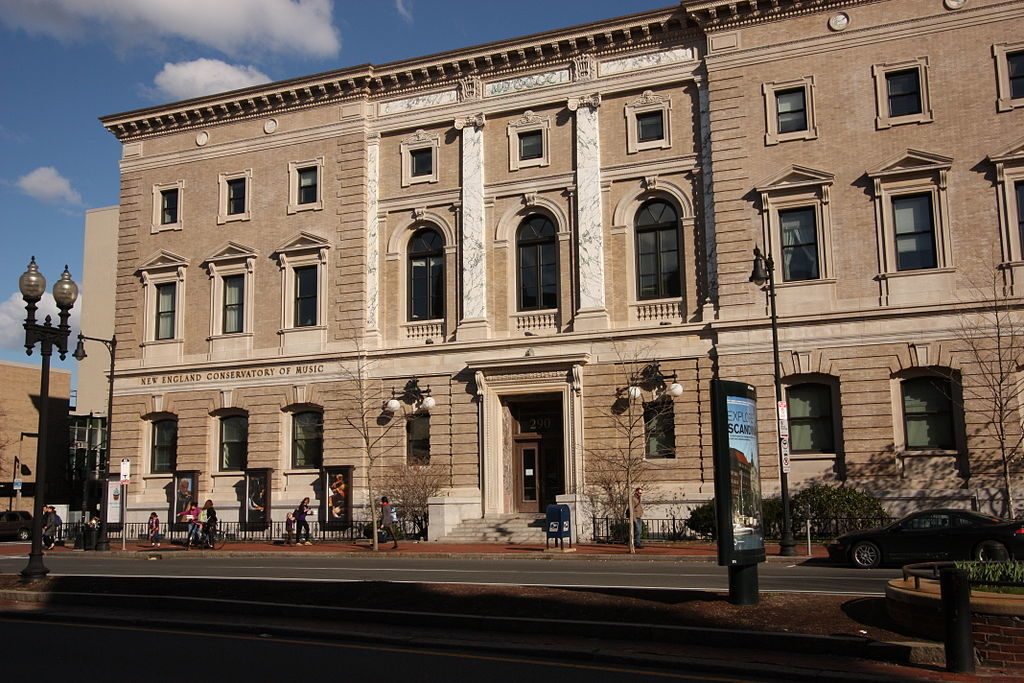
Founded in 1867, the New England Conservatory of Music (NEC) has one of the most iconic music halls in the United States. The Jordan Hall opened in 1903 and is the home for music in New England. In 1994, the U.S. Secretary of the Interior designated Jordan Hall and the New England Conservatory as National Historical Landmarks. This accreditation is the first dual-award for American music conservatories. Many of their programs require a pre-screening recording prior to an invitation to audition. The New England Conservatory also has a combined 5-year program with Harvard which accepts students in their fifth or sixth year to study and receive a Bachelor’s of Arts from Harvard and a Master of Music with NEC. Tufts University has a similar joint program with NEC as well.
The Colburn School
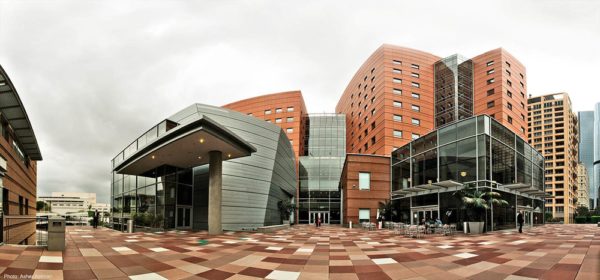
The Colburn School is the music school at the University of Southern California. It is a comparatively newer music school and was created with a specific vision in mind. Starting in Army barracks and warehouses, the Colburn School began by serving community members. Richard D. Colburn donated generously to the school in the eighties and the name now reflects his influence. As the school grew, programs and opportunities expanded turning the Colburn School into what it is. The Colburn Conservatory of Music was created in 2003 to offer professional training to gifted musicians.


